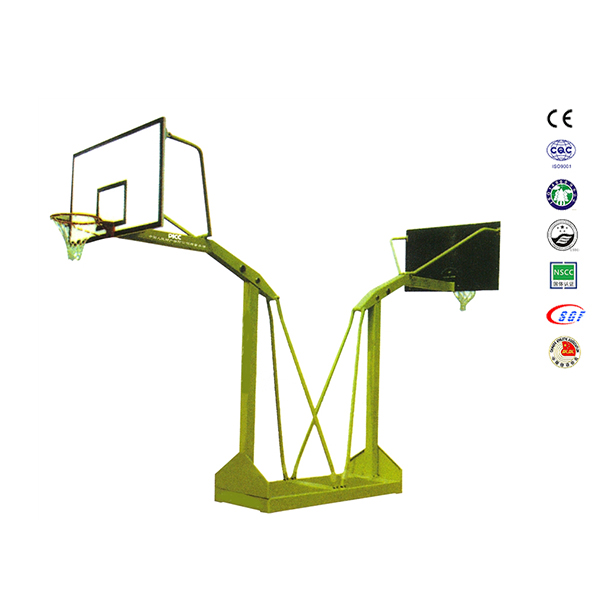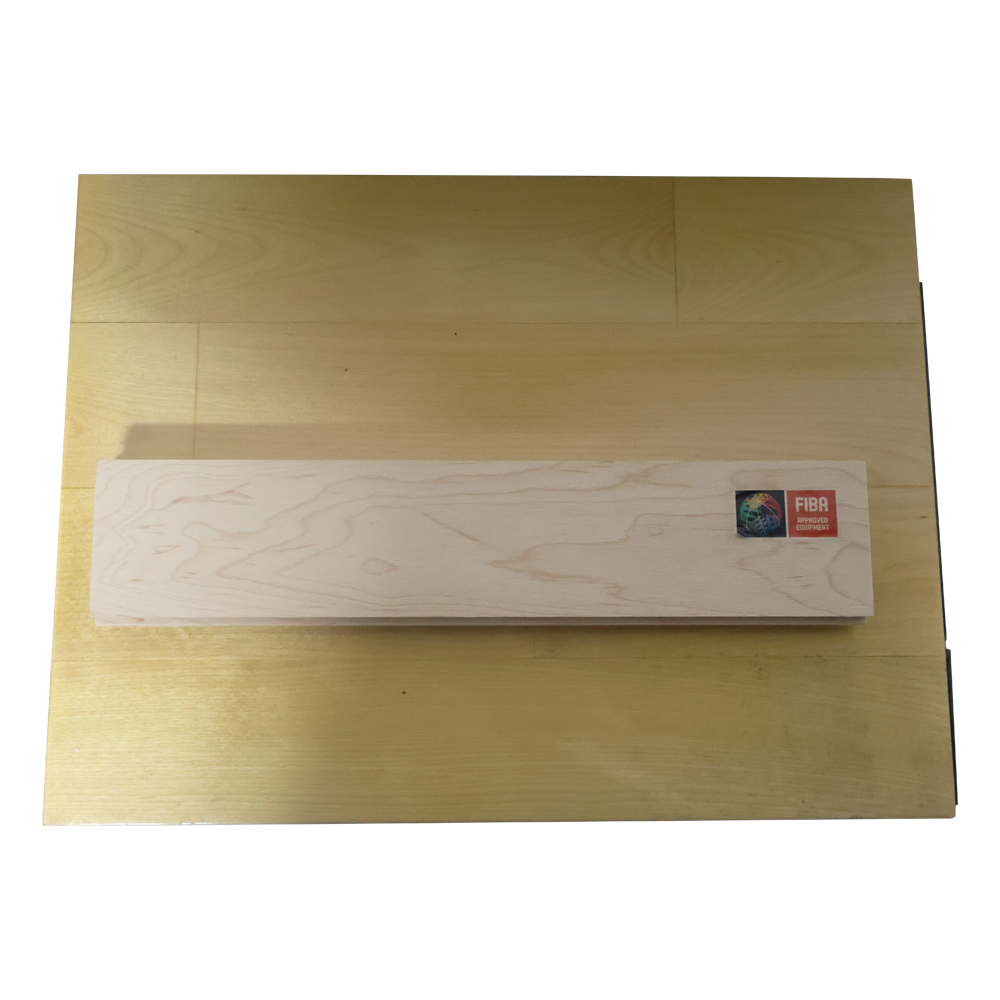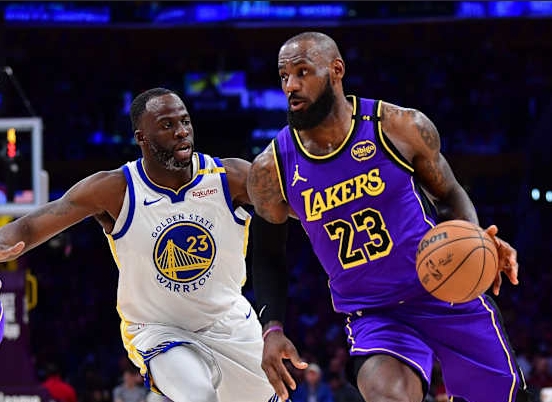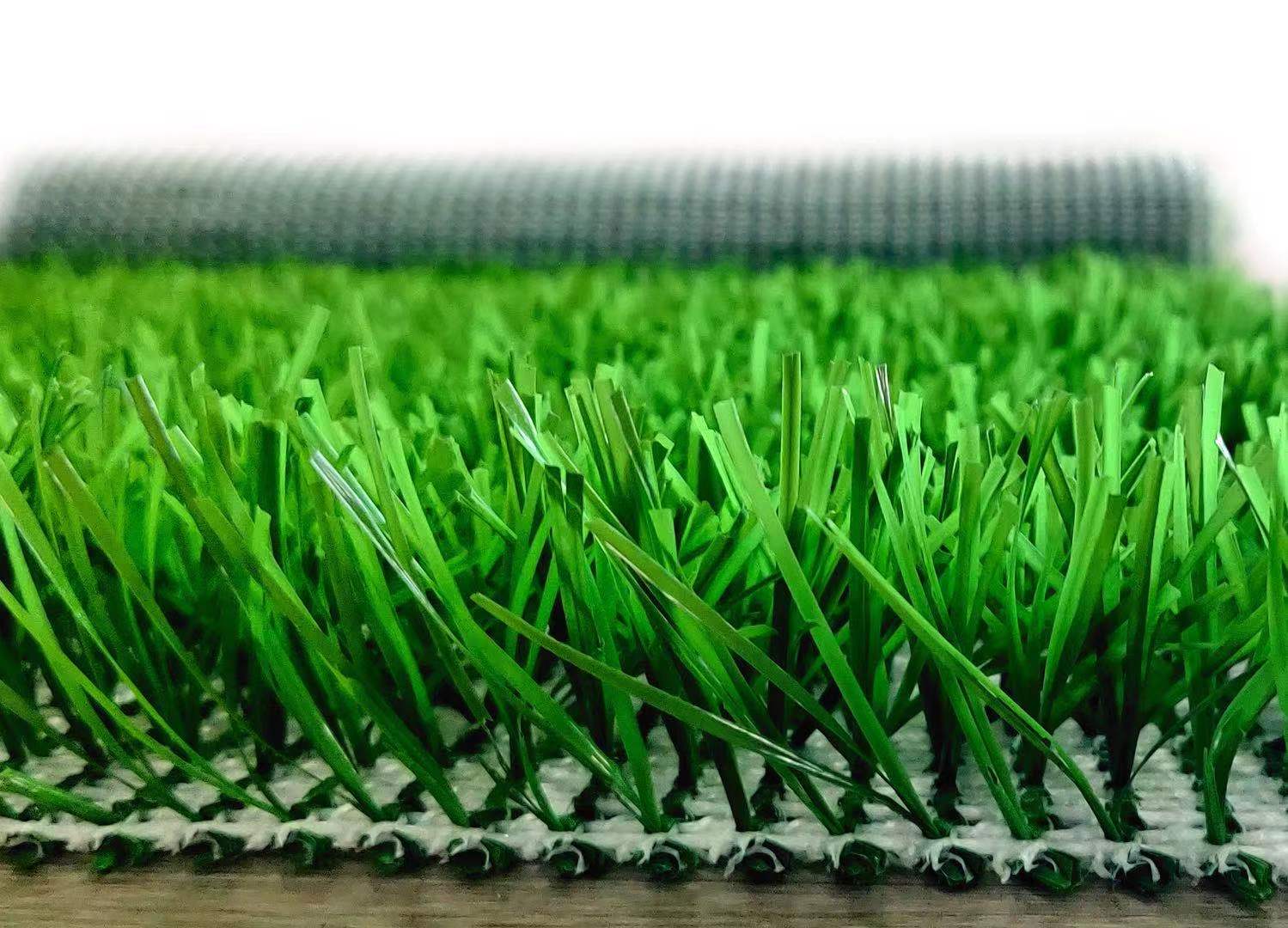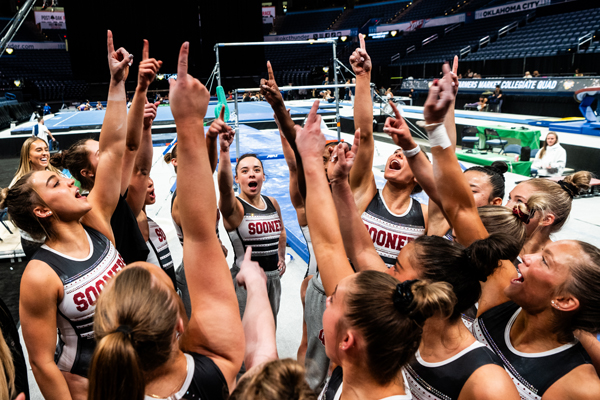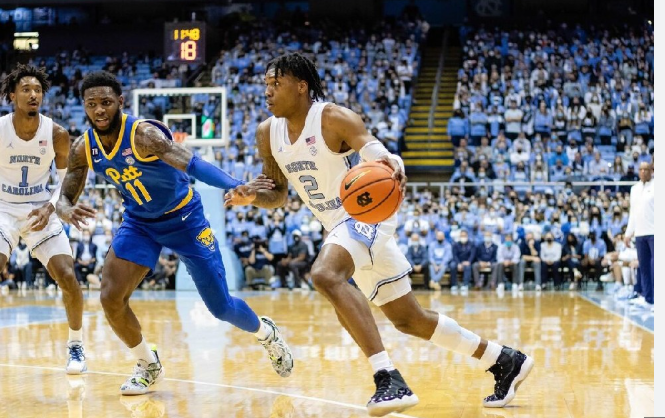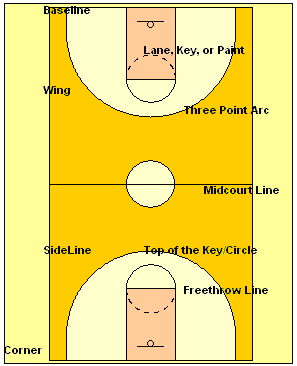Product
How to play basketball for the first time
Basic Info
Basketball is a team sport.
Two teams of five players each try to score by shooting a ball through a hoop elevated 10 feet above the ground.
The game is played on a rectangular floor called the court, and there is a hoop at each end.
The court is divided into two main sections by the mid-court line.
If the attacking team places the ball behind the midfield line, it has ten seconds to get the ball across the midfield line.
If not, the defense gets the ball. Once the attacking team has the ball above the centre line, it can no longer have possession of the ball in the area behind the centre line. If so, the defending team will get the ball.
Points
When a team makes a basket, they score two points and the ball goes to the other team.If a basket, or field goal, is made outside of the three-point arc, then that basket is worth three points. A free throw is worth one point.
Free throws are awarded to a team according to some formats involving the number of fouls committed in a half and/or the type of foul committed.
Fouling a shooter always results in two or three free throws being awarded the shooter, depending upon where he was when he shot. If he was beyond the three-point line, then he gets three shots.
Other types of fouls do not result in free throws being awarded until a certain number have accumulated during a half (called “team fouls”).
Once that number is reached, then the player who was fouled is awarded a '1-and-1' opportunity. If he makes his first free throw, he gets to attempt a second. If he misses the first shot, the ball is live on the rebound.
Fouls and Violations
In addition to stealing the ball from an opposing player, there are other ways for a team to get the ball.One such way is if the other team commits a foul or violation.
Player Positions
Center. Centers are generally your tallest players. They generally are positioned near the basket.Offensive -- The center's goal is to get open for a pass and to shoot. They are also responsible for blocking defenders, known as picking or screening, to open other players up for driving to the basket for a goal. Centers are expected to get some offensive rebounds and put-backs.
Defensive -- On defense, the center's main responsibility is to keep opponents from shooting by blocking shots and passes in the key area. They also are expected to get a lot of rebounds because they're taller.
Forward. Your next tallest players will most likely be your forwards. While a forward may be called upon to play under the hoop, they may also be required to operate in the wings and corner areas.
Offensive -- Forwards are responsible to get free for a pass, take outside shots, drive for goals, and rebound.
Defensive -- Responsibilities include preventing drives to the goal and rebounding.
Guard. These are potentially your shortest players and they should be really good at dribbling fast, seeing the court, and passing. It is their job to bring the ball down the court and set up offensive plays.
Offensive -- Dribbling, passing, and setting up offensive plays are a guard's main responsibilities. They also need to be able to drive to the basket and to shoot from the perimeter.
Defensive -- On defense, a guard is responsible for stealing passes, contesting shots, preventing drives to the hoop, and for boxing out.
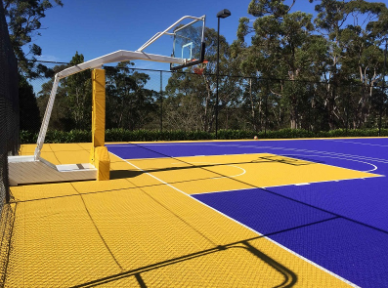
basketball fields for whole sale
How to play
Defense, ball handling, shooting, dribbling, physical exercise are all essential, and today we will talk about dribbling.Basic dribbling skills
Individual basketball skills should be the starting point of every coach's teaching - "Forget the tactics until your players learn the skills of basketball, because knowing the tactics without mastering the skills will not produce good results."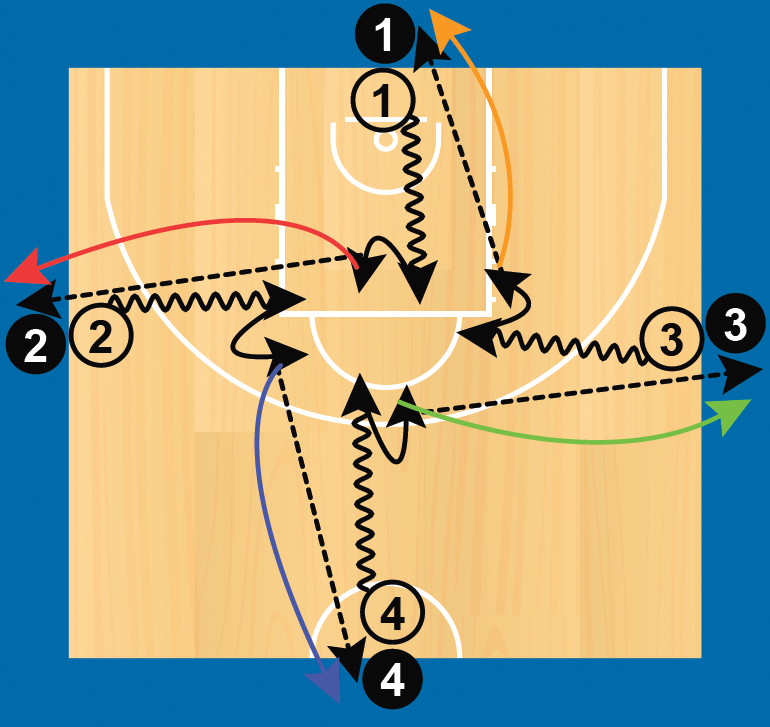
The main categories of individual offensive skills include:
1.Dribble;2.Passing and receiving the ball;
3.Move basic techniques and get rid of defensive catch techniques;
4.Shoot at the basket;
5.Rebound;
6.Basic outside and inside line movement technology.
Dribble, turn, pass
1.Left hand dribble to the middle of the court and jump stop.2.Left foot (left foot step out, right foot standing on the ground as the "pivot foot") 3.low turn (back turn).
4.Right hand pass to the next player (counterclockwise
5.The passer must pass to the end of the line.
6.Dribble with the other hand, changing the pivot foot and turning direction
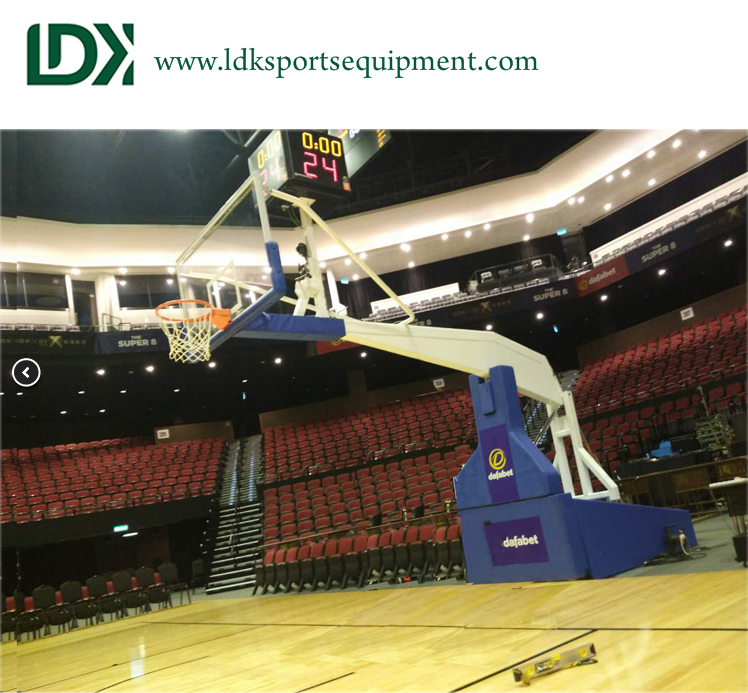
Sports equipment manufacturer's promotion is in progress: Click to contact us now






